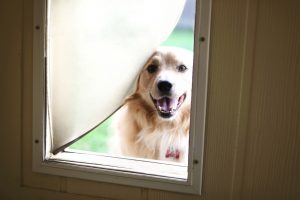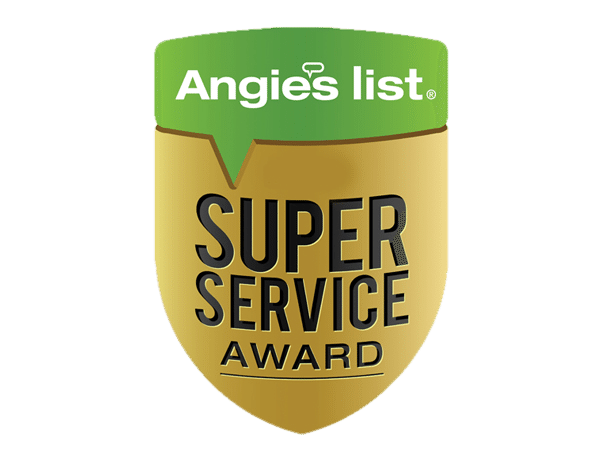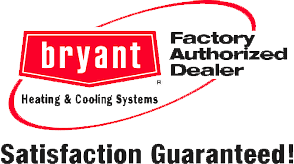
Read on for information that will guide you into making the right choices when it comes to installing a pet door.
Choosing/Installing the Right Pet Door
No matter what type of door you choose, you’re likely leaking some energy. Even those with tight-fitting, thick plastic flaps can allow some of your conditioned air to escape. If you put your hand down by the door and feel a slight draft, you’re probably losing some air. Double plastic flaps will provide a pocket of insulating air, but you may still need a tighter seal.
- Check the pet door installation. Is it tightly sealed? If not, some weatherstripping could help. Adding some magnets so the plastic flaps lock into place and aren’t stirred by the wind can help.
- You might even opt for an electronic door that opens only when your pet approaches, and then closes behind Fido or Fifi. These doors sense a collar key and open and close accordingly, or may respond to a chip. Either way, they prevent unwanted animals, such as raccoons and stray cats, as well as bugs and other vermin, from entering your home. These doors tend to be pricey, however.
- The best pet doors are usually constructed of aluminum, which prevents rust. You might also consider a model with triple plastic panels, for better insulation and better capability for locking out drafts.
- If you have a big dog, you need a big door, and that can be a security issue in addition to energy loss, so choose a door with a locking mechanism.
For more on pet doors and energy issues, contact Ace Hardware Home Services of Dayton.
Our goal is to help educate our customers in Dayton, Ohio about energy and home comfort issues (specific to HVAC systems).







